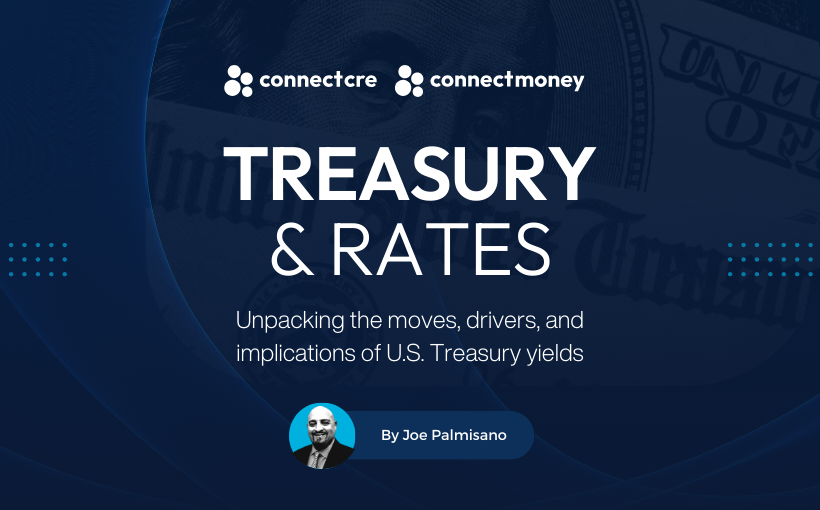

The attempted firing of Federal Reserve Governor Lisa Cook by President Trump has injected a new layer of uncertainty into financial markets, sparking debate over central bank independence and the durability of the Fed’s dual mandate. Under U.S. law, governors may only be removed “for cause” and through established procedures; thus, the White House’s unilateral dismissal move is legally questionable and without precedent.
Cook, facing allegations of mortgage fraud tied to dual primary residence claims, has refused to resign. The confrontation raises profound questions: can the executive branch reshape the Fed’s composition outside of Senate confirmation, and what would that mean for policy credibility going forward?
For markets, the issue is less about the allegations themselves and more about the perception of political interference at a pivotal moment for monetary policy. With the Fed already signaling a pivot toward easing, any perception of compromised independence risks distorting the balance between growth and inflation objectives.
The Treasury curve has already registered the fallout. After July payrolls and CPI reinforced expectations of a September rate cut, the curve began to steepen, with the 2s10s spread moving from roughly 43 basis points at the end of July to nearly 65 basis points by late August. Right now, the New York Fed’s Adrian-Crump-Moench (ACM) model places the 10-year Treasury term premium at ~0.75%, up from 0.4%–0.6% earlier this year and well above the pandemic trough of −1.32% in July 2020. With the 10-year yield near 4.28%, the ACM decomposition implies an expected average short rate over the next decade of ~3.5%, meaning the recent steepening reflects both easing expectations at the front end and a rising premium at the long end.
The Cook controversy has accelerated this repricing by layering on a political risk premium. Ten-year yields hover near 4.26%, while 2-year yields have slipped to about 3.7% as investors price in easing. Importantly, breakeven inflation remains anchored near 2.35%–2.40%, signaling that the move is being driven by term premium and credibility concerns rather than inflation repricing.
While the attempted dismissal is unprecedented, the market response fits an existing dynamic: the front end reflects the coming rate-cut(s), while the long end contends with heavy Treasury supply, deficits, and now institutional uncertainty. The political overlay evokes comparisons to Richard Nixon’s pressure on Arthur Burns in the 1970s, but this episode goes further by raising the prospect that future administrations may treat the Fed as an arm of fiscal policy.
For investors, the steepening curve presents both risk and opportunity. Expressing the view via 2s10s or 5s30s steepener trades remains attractive, with the front end anchored by easing expectations and the long end carrying both supply risk and a political premium. Swaps steepeners may provide more efficient exposure. In addition, the belly of the curve (5–7 years) offers relative value versus the long bond, particularly in liability-driven portfolios looking to balance yield capture with lower volatility. With 10-year TIPS real yields still above 2%, long-term allocators (pensions, insurance) can lock in historically high real rates despite volatility, and mortgage investors and fixed-income managers should maintain convexity hedges as further steepening could accelerate duration extension pressures.
The next phase will hinge on three factors: the legal resolution of Cook’s dismissal fight, the trajectory of August inflation and employment data, and Treasury’s fall refunding announcements. Together, these will determine whether the current steepening consolidates or evolves into a new phase of fixed-income market stress.
Please share your comments below and click here for prior editions of “Treasury & Rates.”
The post Political Risk Premium Fuels Treasury Curve Steepening appeared first on Connect CRE.